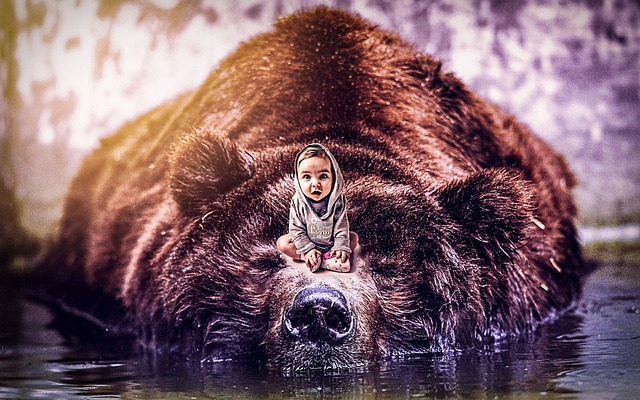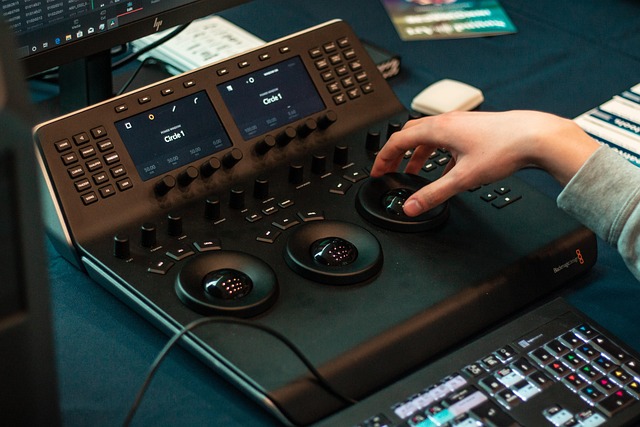The Art of Mastering Color Grading in Imaging
In the world of imaging, color grading is more than just a technical step—it’s an expressive art form that breathes life into visuals. Whether you’re a photographer, filmmaker, or digital artist, the way colors are manipulated can profoundly impact the story your images tell and the emotions they evoke.
Imagine a breathtaking sunset captured with the sky painted in hues of fiery orange and soft pinks, or a moody noir scene drenched in cold blues and deep shadows. This transformational power lies at the heart of color grading, where each choice in tone, contrast, and saturation shapes the viewer’s experience.
Mastering this art requires not only technical know-how but an intuitive understanding of how colors affect mood and perception. The subtle warmth added to a portrait can suggest nostalgia and comfort, while desaturated tones might convey melancholy or tension. It’s this invisible language of color that connects us deeply to imagery, making it memorable and impactful.
In practical terms, effective color grading starts with a clear vision of the story or feeling you want to emphasize. From there, tools like LUTs (Look-Up Tables), curves adjustments, and selective color enhancements become your palette. The key is to balance these elements harmoniously, ensuring that the colors complement the composition without overpowering it.
For those passionate about imaging, embracing color grading is embracing the ability to touch hearts and stir imaginations. It’s not just about making pictures prettier—it’s about crafting an experience that resonates on a deeper, emotional level.
So next time you sit down to refine your images, think beyond the pixels and focus on the colors that tell your story. With patience, practice, and a little creative bravery, the art of color grading will become your most powerful ally in visual storytelling.



